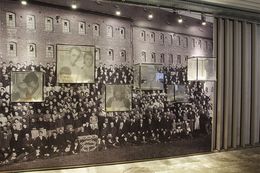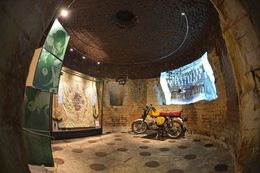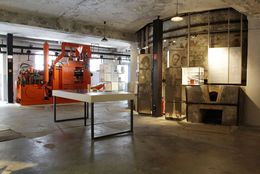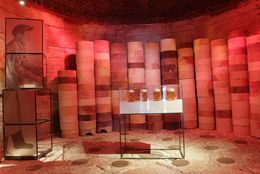The Working and Living Conditions of Porcelain Workers in Europe
In the 19th and 20th century, factories sprang up throughout Germany, but also in France, England and Italy, dominating the villages and small towns with their large workforces that were often over a thousand strong.
Visitors to the section of the exhibition titled “The Life of Porcelain Makers – The Working and Living Conditions of Porcelain Workers in Europe” experience what life was like for factory workers on and also off the job. This section naturally covers working hours and wages, but it wouldn't be complete without talking about the disciplinary measures rigidly implemented by the factory owners and documented in a “punishment book”. Entrepreneurs from different countries tell where they come from and their history, allowing for interesting comparisons. The workers unite very quickly in all countries in order to enforce their demand for an improvement in the living and working conditions. Strikes – some turning violent – give an impression of the difficult challenges.
Authentic everyday (work) life
For a long time, the living conditions were more than modest; a studio flat circa 1920 gives an impression of just how cramped living quarters were for families. In spite of this, there was still time for leisure activities: In England, the favourite pastime quickly became football; In Germany, the sport clubs and choral societies were more popular and offered workers a welcome respite from their everyday toil. This section of the museum discusses the life and work of people in the porcelain industry. Men and women who make porcelain speak directly to you and explain their lives through films and via media stations. The overall impression is very authentic and you begin to understand what the porcelain regions in Germany and Europe share in common, what sets them apart and what in some cases still characterizes them to this day.
Selb students from the Walter-Gropius-Gymnasium (grammar school) make history come alive as part of a seminar project (P-Seminar). Now museum-goers can satisfy their historical curiosity in this section by scanning the QR code with their phone and listening to the story as it is virtually told. There is no thicket of text to distract from the exhibition.















Share Porzellanikon with Friends